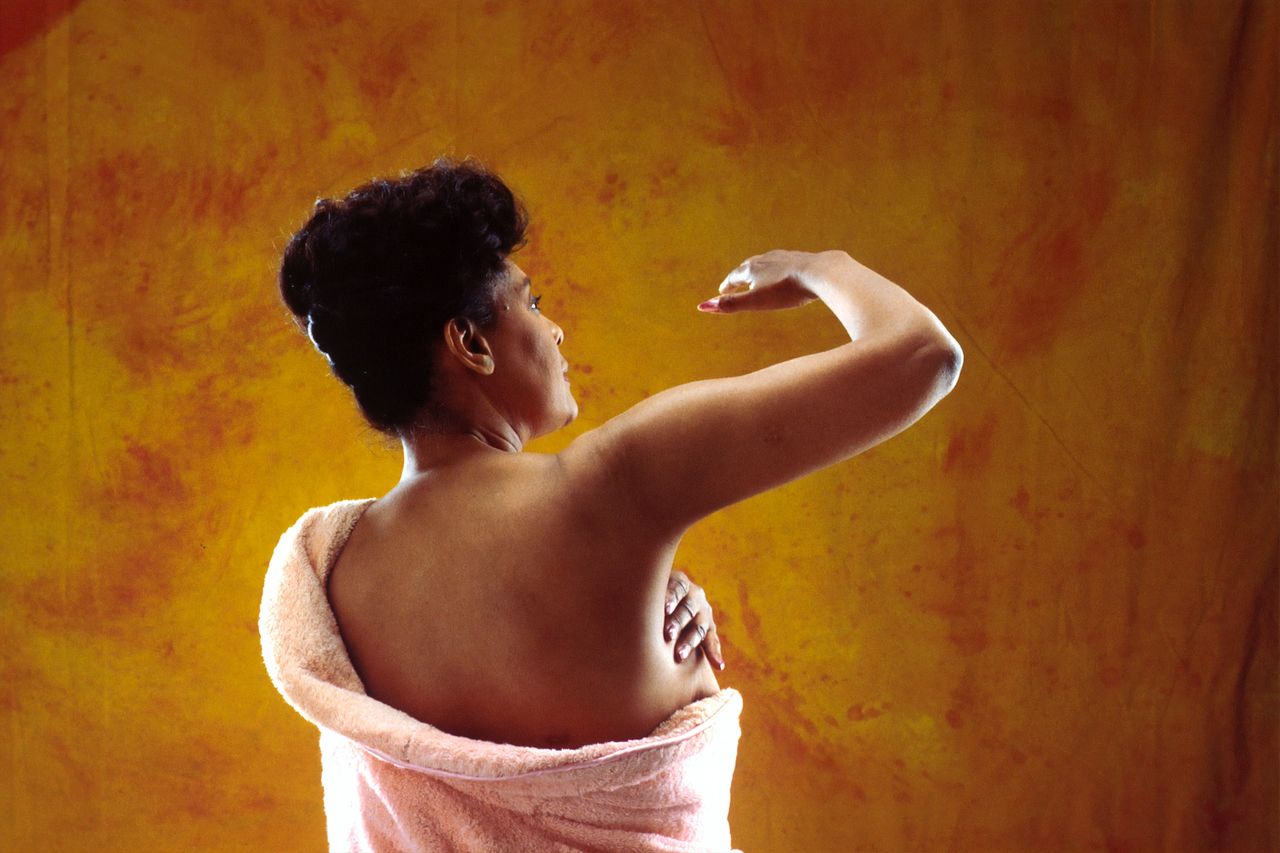How to Perform a Self-Body Check

Regularly checking your body for changes is a crucial part of maintaining good health. It can help you detect potential health issues early, when they are easier to treat. In this blog post, we will discuss how to perform a self-body check in the comfort of your home. We will cover the important steps to follow, including knowing your body, conducting a self-examination, and seeking professional help when necessary. By the end of this post, you will have a better understanding of how to perform a self-body check and the importance of making it a part of your regular health care routine. Let's get started!
Step 1: Know Your Body
As important as it is to regularly perform a self-body check, it is even more essential to understand your body and recognize any peculiarities that may require medical attention. In other words, familiarity with your body is the first step towards early detection and prevention of health issues.
Your body type may differ from that of others, so it's important to know and understand your body's natural shape, color, and texture. Are there any noticeable moles, blemishes, or birthmarks on your skin? Do you have cysts, lumps, or growths in areas like your breasts or testicles? These could indicate underlying conditions that need professional attention.
However, it's vital to remember that not all changes signal underlying medical problems. Body changes can occur due to various factors such as age, pregnancy, weight gain or loss, and even stress. Knowing your body and identifying changes can help you distinguish between normal and abnormal changes, giving you more confidence when performing self-body checks.
In summary, knowing your body is the first step towards taking control of your health. Regularly examining your body and spotting any changes is essential, but it's equally necessary to understand your body and recognize what's 'normal' for you. With this knowledge, you'll be better equipped to detect potential health issues and seek early medical attention.
Step 2: Conduct a Self-Examination
Now that you know your body and what to look out for, the next step is to perform a self-examination. This can be done at home, and only takes a few minutes.
Let's start with the breasts. Women should check for any lumps, bumps, or changes in size or shape. Use the pads of your fingers and make small circular motions to feel for any abnormalities. Don't forget to check under the armpits and up to the collarbone.
For men, the testicles should be checked for any hardness, lumps or changes in size. Hold the scrotum gently in your palm and use your fingers and thumbs to feel for any abnormalities. If you notice anything unusual, seek medical attention right away.
Moving on to the skin, check for any moles, birthmarks, or freckles that have changed in size, color, or shape. Also, look for any new growths or changes in texture. Don't forget to check the soles of your feet, scalp, and between the toes.
Checking your mouth is just as important. Use a bright light and a mirror to examine the lips, gums, tongue, and inside of the cheeks for any sores, lesions, or white or red patches.
During your self-examination, remember to note any changes or abnormalities you find. If you notice any changes, schedule an appointment with your doctor and share your concerns. Early detection is key to treating many health conditions, and self-examinations are an integral part of maintaining good health.
Performing a self-examination is a simple yet essential part of your health care routine. By being aware of your body and taking the necessary steps to remain healthy, you can prevent many serious health issues. Stay healthy and take care of yourself!
Step 3: Seek Professional Help When Necessary
While performing a self-body check is an essential part of your health care routine, it's important to understand that self-examinations do not replace the need for regular check-ups with a medical professional. A physician has the expertise and equipment necessary to detect anything that may have been missed during a self-examination.
There are specific situations where it's crucial to seek professional help as soon as possible. For example, if you notice any unusual lumps or bumps, changes in your bowel or bladder habits, or experience any unexplained pain. Additionally, if you are experiencing persistent symptoms such as coughing, difficulty breathing, or chest pains, you should see a doctor immediately.
It's essential to be open and honest with your healthcare provider about any changes or concerns you may have noticed during your self-checks. Your physician can perform a more thorough examination and provide a more accurate diagnosis.
Remember, early detection of diseases and conditions can improve your chances of successful treatment. So, don't take any chances with your health, prioritize regular check-ups with a medical professional, and follow up on any concerns that arise during your self-examinations. Your health is valuable, and seeking professional help when necessary is an essential step in maintaining it.
Conclusion
In conclusion, performing a self-body check is an essential part of maintaining good health. By following the steps outlined in this post, you can familiarize yourself with your body, detect any changes early, and seek medical assistance when necessary.
Remember, self-examinations should not replace medical check-ups with a professional. It's crucial to maintain a relationship with your healthcare provider and be open about any changes you may have noticed in your body during a self-examination.
Lastly, I encourage you to prioritize your health and make self-examinations a regular part of your health care routine. It may seem daunting at first, but remember that by performing a self-body check, you are taking an important step towards ensuring your well-being.
Stay healthy, stay informed, and always prioritize your health.